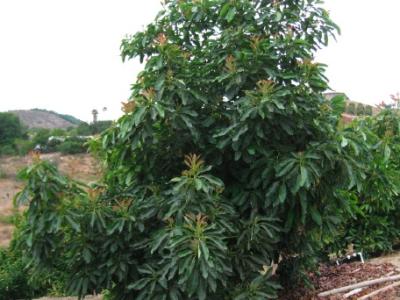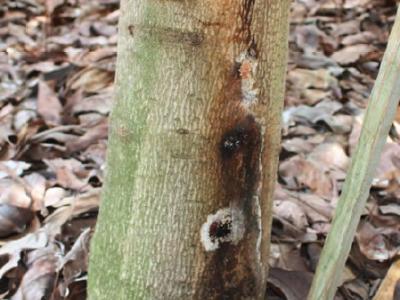Cultural Management Library
Irrigating California avocado trees can be challenging for several reasons. Avocado trees are heavy users of water but they have a shallow feeder root system located primarily in the top six inches of soil that are prone to drying out. The feeder roots also have very few root hairs, thus making them inefficient at absorbing water. Hillside groves with decomposed granite drain well, but they drain rather quickly. Groves with high clay content can suffer from poor drainage that leads to root rot.
For the above reasons, monitoring soil moisture in avocado groves is important.
Understanding soil salinity and irrigation are key concepts to successful avocado grove management because poor avocado yields are often caused by under-irrigation and/or high soil salinity.
ECe. Soil salinity is measured as the salt concentration of a soil solution in terms of electrical conductivity (EC). For soil salinity, the EC is written as ECe.
Irrigation. Providing water to soil in order to create a favorable environment for plants.
Leaching. Dissolving and transporting excess soluble salts from the root zone of the soil by applying and then draining excess water in the grove.


Pagination
- First page
- Previous page
- …
- 3
- 4
- 5
- 6
- …
- Next page
- Last page